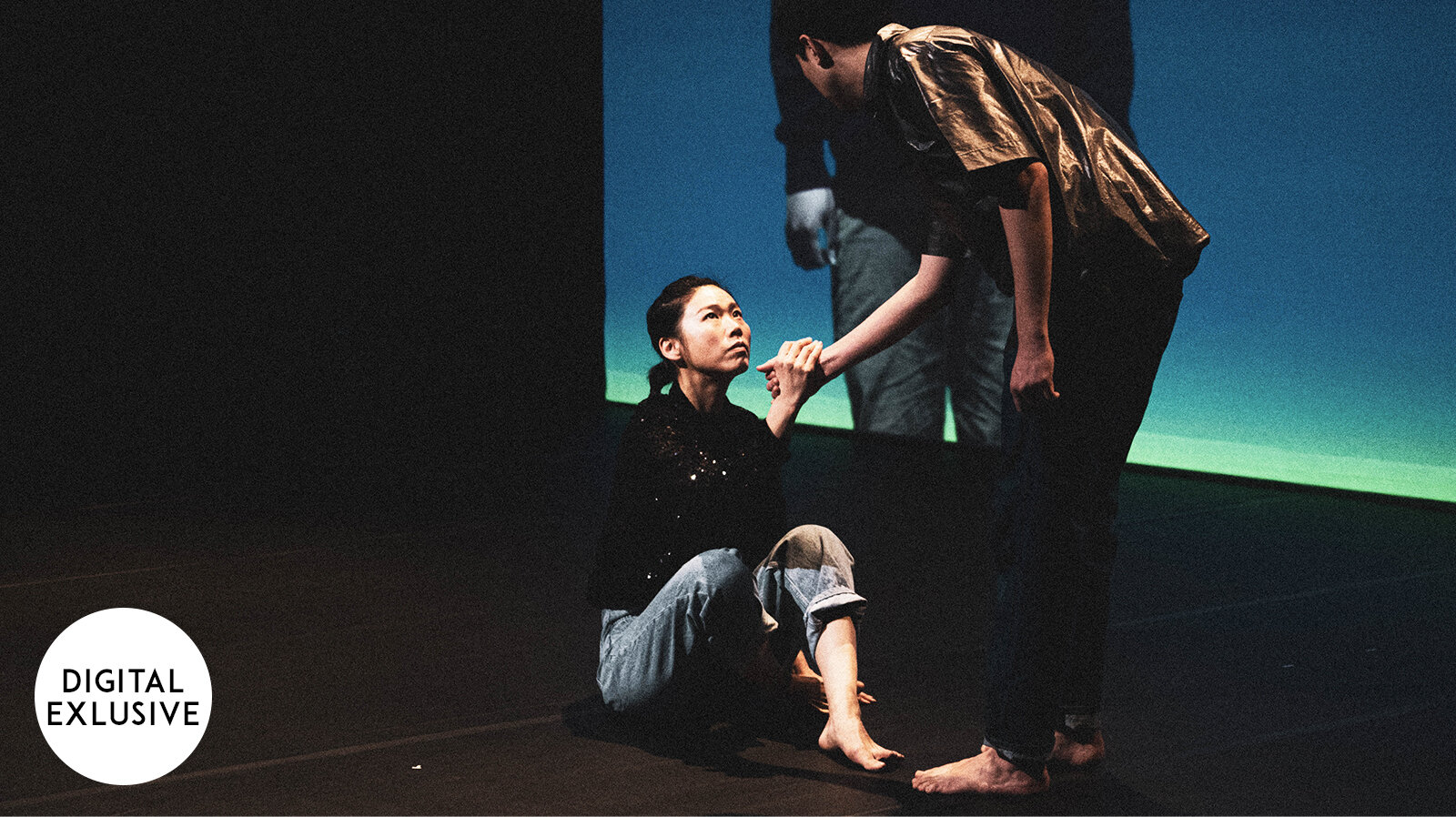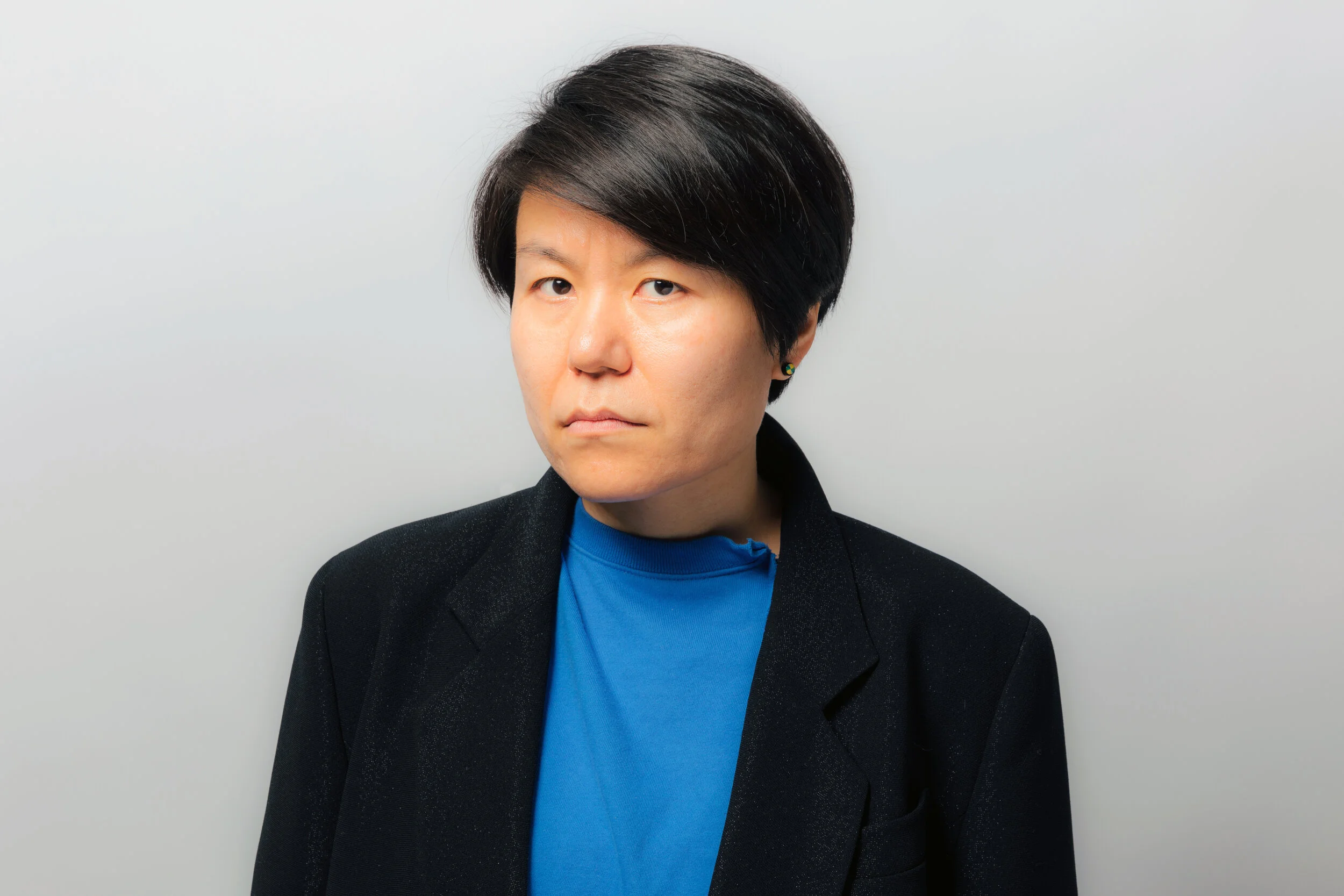The Dramatically Forgotten: Redefining traditional Korean theatre and gender politics
Interview by Renèe McMillan (@delirium2323)
The history of theatre is one that is filled with gender fluidity. From the Ancient Greeks, continuing through to the Elizabethan era of Shakespearian plays, and similarly found in Japanese Kabuki, male actors have often donned dresses and performed as the opposite sex. Considered either a highly respected art form or a scandalous pursuit, the theatre, historically, has been a man's world. This has often been a way to sublimate women by excluding them from the arts. It was also a reflection of societies in which women had limited freedom or social status. While many of us may have a basic familiarity with this history, most of us are unfamiliar with a short period in traditional Korean theatre in which a group of women flipped the script and performed as men.
Yeoseong Gukgeuk is a form of theatre that had a short life but a popular one. Formed after Korea's emancipation from Japan, it gained popularity through the 1950s. Under Park Chung-hee's modernisation ideology, it was all but eradicated. Yeoseong Gukgeuk has been excluded from official histories and is only remembered by older generations.
siren eun young jung, a visual and performing artist, has spent over a decade researching and exploring the lost art of Gukgeuk.
What are you most interested in exploring as an artist?
I am interested in the life of the human. Everyone shows human desire, and I have always been interested in the human condition. Even if people never recognise what their desire truly is, they still live. Their lives are informed by political situations, and that confirms history.
What personal experiences shaped and informed your current interests?
I entered university in 1993. In 1994, there was a huge feminist movement in our society, especially in Ewha Woman's University. This movement was significant and affected every student. I was involved in that movement during my undergraduate work.
Feminism has a connection with the queer movement in our society, the anti-war movement, and the movement for the disabled. We worked together in the '90s and the 2000s. That kind of movement always really inspired me. I was not a strong activist at the time, but I had lots of friends who identified as activists. I learned from their lives and the movement.
Performing by Flash, Afterimage, Velocity and Noise (2019), Audio Visual Installation, Dimension Variable. Courtesy of the Artist and Korean Pavilion, Photo by Chulki Hong
How did you become interested in Yeoseong Gukgeuk?
Actually, I didn't know about the Yeoseong Gukgeuk before 2000. I was interested in the Japanese form, Takarazuka, which Yeoseong Gukgeuk is derived from. I was a fan of Takarazuka during the early 2000s, and one of my very best friends liked Yeoseong Gukgeuk, and she was studying Korean culture during the 1950s. She started to do interviews and research, and she called me to help her and be an assistant. I usually deal with gender issues in my art, so hearing these older ladies talk about their experiences was interesting. They have no educational experience, but they have a clear voice about the role of gender in their lives. That's why I started this project.
Can you briefly describe the origins and history of Yeoseong Gukgeuk?
It's a complicated history. Yeoseong Gukgeuk started in the late '40s, just after the Japanese occupation. After that, everything changed. One of these changes was that the kisaeng culture was erased. Kisaeng, similar to geisha, was a kind of woman entertainer, but sometimes they sold their bodies in prostitution. The government manipulated them during the Japanese occupation.
After emancipation, the governing system collapsed. The Kisaeng were free women and not ruled by the state. They became musicians, artists, and even poets sometimes. They had to live independently, so they became involved in the music scene as free citizens.
In the Korean musical tradition, a master teaches a student. In that kind of hierarchical organisation, every Korean traditional singer had to study with one master. Because of their past, many people thought that the Kisaeng were bad women. People saw them as very, very sexualised, so many musical masters oppressed their lives. Sometimes there was even a master/slave connection.
That's why they tried to make their own organisation to protect themselves. The Kisaeng wanted to perform, but they were all women. They created the Korean Women's Musician Organization. That was the origin of the Yeoseong Gukgeuk.
During the '50s, we had the Korean war and lots of historical tragedy. There was no real entertainment other than the Yeoseong Gukgeuk. They tried to develop their own form of theatre. Yeoseong Gukgeuk means Women's National Theater. They really wanted to create their own national art form, but it was symbolic. The government did not support them.
Later, Park Chung-hee wanted to make the country strong. For him, a strong country meant modernisation. In his modernised project, he felt he didn't really need women. In his view, a strong country isn't really helped by women and doesn't focus on women. He did a serious project to become a wealthy country.
The government sometimes needed some deep, traditional culture but didn't think that would involve women's groups. They marginalised all women's groups. Many of the producers who had worked with the Yeoseong Gukgeuk began working on these new national projects. That's why the Yeoseong Gukgeuk have been forgotten.
You have been working with Yeoseong Gukgeuk for many years. How has your process changed and developed during that time?
When I started this project, I didn't have much information about Yeoseong Gukgeuk. I had to do a lot of research; I recorded everything and made some documentary videos. I began to construct my perspective of this history, of this art form, and even their gender consciousness. I tried to prepare my own setting, and then I tried to invite the Kisaeng to see my work.
Recently, I have been more interested in real situations in our society. I sometimes think I should learn from our forgotten history to refute contemporary society. Around 2015, I started to work with the younger generation of the LGBTQ community and with queer performers using Yeoseong Gukgeuk principles as our basis.
Your work, and the history of Yeoseong Gukgeuk, feel incredibly important during this time. Korea continues to struggle with so many issues that the Yeoseong Gukgeuk symbolise: gender roles, women's rights, LGBTQ rights, etc. How has your work been received?
I prefer to think the most important thing in art is form, not contents, not artists. Yeoseong Gukgeuk was a totally unique form. They are all women performing on stage. They have to play as male, female, children, grandmothers, grandfathers, lower class and high class; everything performed only by young females. This form creates expanded theories and expanded philosophies, and expanded processes.
In my work, I try to create significant, strategic art forms for society. I always think, "It's not enough to just talk about social issues with art." That's why I add and develop the art form for the audience, for the art scene, for society.
Conventionally, the audience goes into a dark room. There is a flat screen there. The audience is expected to sit in that room and just gaze at the screen. They hear and see what the artist delivers. I always think, "That is not enough to change our society," so I put more screens with images that quickly change so the audience cannot really see them. I want to make the audience feel uncomfortable in the room. Change is always uncomfortable for people.
Art should not only be beautiful, not only be clean, and not only be well-made. That kind of art cannot deliver the most potent message to the audience. That's why I create unusual forms for the audience; I want them to experience and sense a unique moment and a different sensibility. That is my strategy for making art.
Korea has experienced the MeToo movement and has also seen a large anti-feminist backlash, particularly among young men. What are your thoughts on this, and what do you foresee happening with these movements in Korea?
I think we should not deal with this bullshit situation. We should move our focus to these issues and make them more visible. That kind of thing is critical, but to me, it is not very economical. As an artist, I do not deal with that situation because there are many issues we need to deal with. Their voice is not meaningful. We try to make their voice meaningless.
siren eun young jung is currently preparing for her first solo performance to premiere in Los Angeles. The show will open in November. We deeply appreciate the considerable time she took to speak with us, and look forward to her next scheduled performance in Korea.
Main article photo: Anomalous Fantasy_Korea Version(2016-2019), Performance, 1hr10min. Courtesy of the Artist and Kyoto Experience, Photo by Yuki Moriya




